Why Britain's incomparable sand dunes are 'simultaneously the sands of time past, present and future'
Mark Griffiths takes a look at Britain's sand dunes, our most dynamic landscape, and one to be treasured and protected.
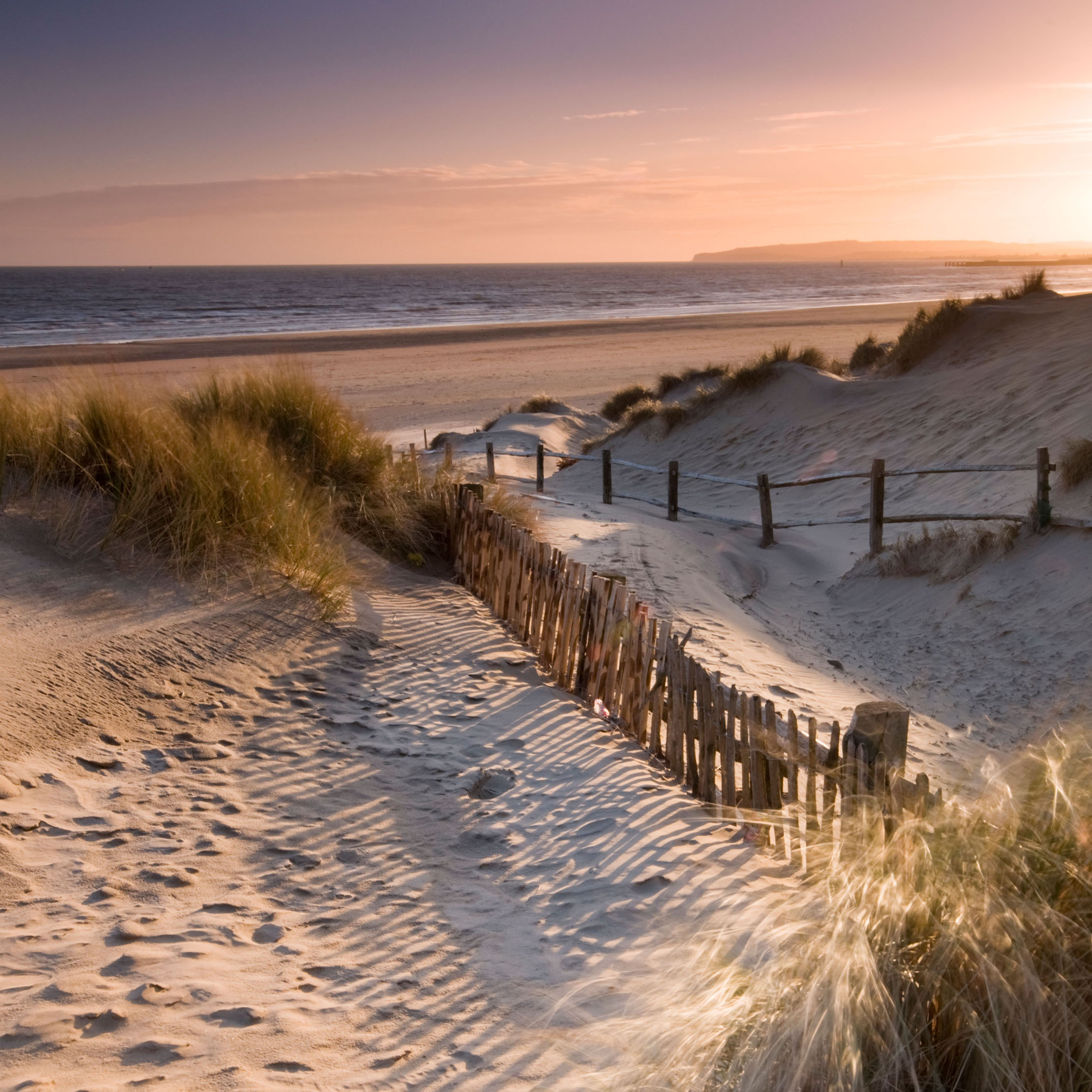
Published in 1611, Randle Cotgrave’s A Dictionarie of the French and English Tongues helpfully explained a foreign word that had been baffling British travellers on the coasts of France and the Low Countries:
‘Dune: f.… a Downe; a sandie banke, or hill neere the sea; called so... at first by the Flemmings… used, most commonly, in the plurall number, Dunes.’
Six or more centuries earlier, ‘dune’ had, in fact, belonged to England’s lexicon, too. According to an Anglo-Saxon version of St Matthew’s Gospel written in about 1000ad, Christ came ‘to Olivetes dune’. Here, however, the translator was not relocating the Mount of Olives to the seaside; in Old English, dune meant a hill of any kind anywhere.
The word changed form in the Middle Ages, evolving into ‘down’, and grew still more expansive in meaning. It even extended beyond terra firma in England’s South-East, where The Downs came to signify not only hilly uplands, but also the nation’s most important nautical waters.
Between high ground and the deep, lay a third kind of down, ‘a sandie banke’, as Cot-grave says, ‘or hill neere the sea’. For clarity, it was usually called a ‘sand down’, hence Sandown on the Isle of Wight and the Kentish coast. Alternative terms were ‘sand hill’ and ‘sand burrow’, where burrow meant any heap or hillock, a sense it had possessed since the beginnings of English. Remarkably, we had no one word expressly for these arenous crests and craters, despite all the life, light and beauty they brought to our island’s threshold.
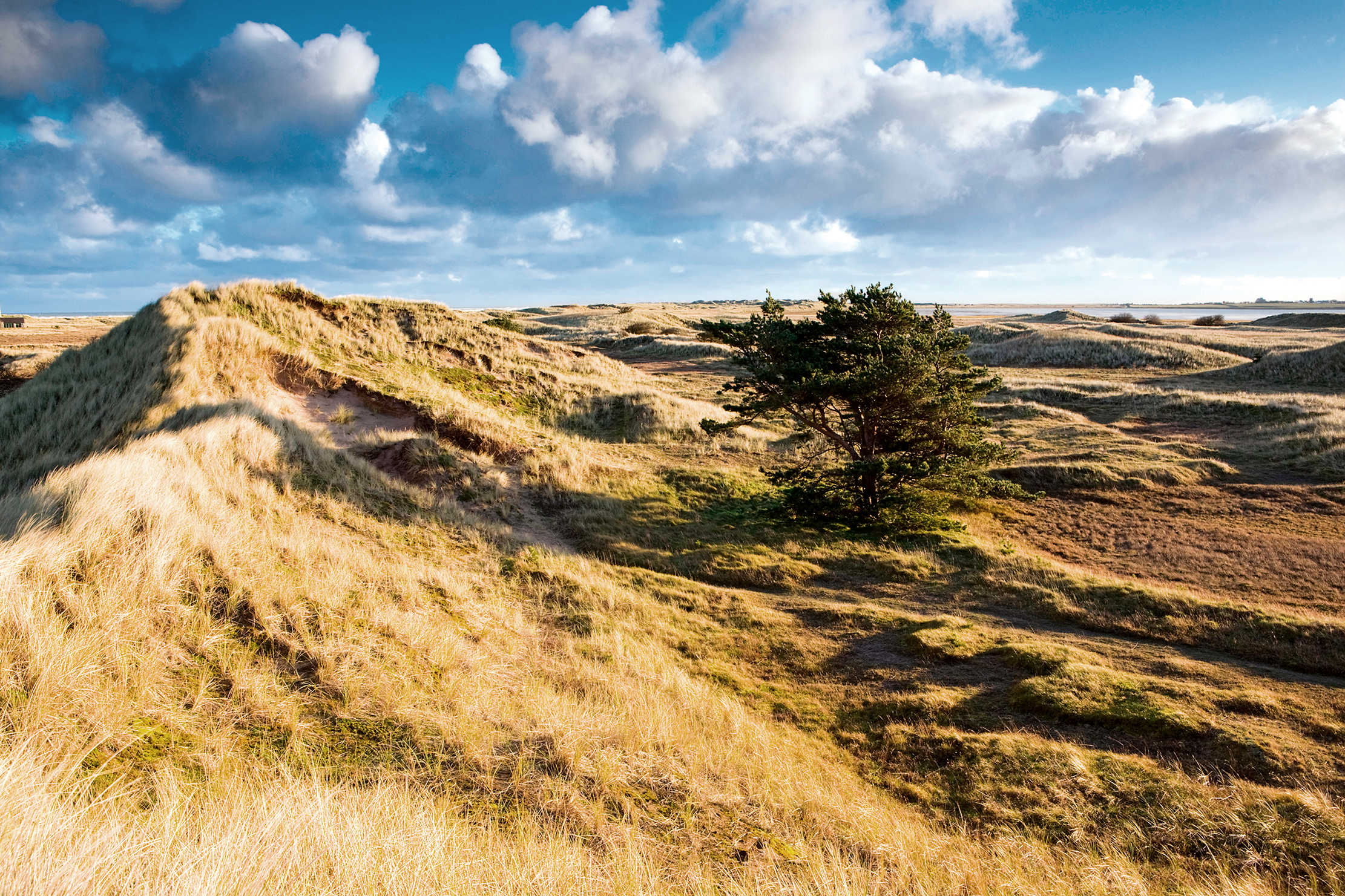
That deficiency continued until the 1790s, when we adopted ‘dune’ from the Dutch, Flemish and French, who had been using the term since the Middle Ages for the vast sweeps of sand hills along their shores. The word did not so much naturalise with us as find its rightful home.
Britain is the land of dunes. Ours are seldom so magnificent as their counterparts across the Channel, but then nor (if I may) are they ever so monotonous. Found in varying frequency and extent along the entire UK coastline, they amount to about 175,000 acres and represent all of the principal kinds of dune that occur in Western Europe.
In this diversity they are unique; likewise, in their status: ranging from 185 to 5,200 acres, at least 50 of the largest are deemed to be of national importance by Britain and the EU. Some 120 have been declared SSSIs.
Exquisite houses, the beauty of Nature, and how to get the most from your life, straight to your inbox.
Their importance is conferred by the sheer breadth of the biodiversity they sustain. Dunes are our most dynamic landscapes. Thanks to ceaseless growth and shifting, their different developmental stages often coexist, each with its distinctive flora and fauna. The whole ecological succession can be found flourishing in concert. Dunes are simultaneously the sands of time past, present and future.
Nearest the shore is the first formative stage, the foredune, in which sand blown from the beach begins to form mounds. These become host to marram grass, the pioneer-builder, with leafstalks that trap yet more aeolian sand and rhizomes that bind it. With its stabilisation under way, foredune turns into yellow dune, so named because it’s still very obviously a mound of sand.
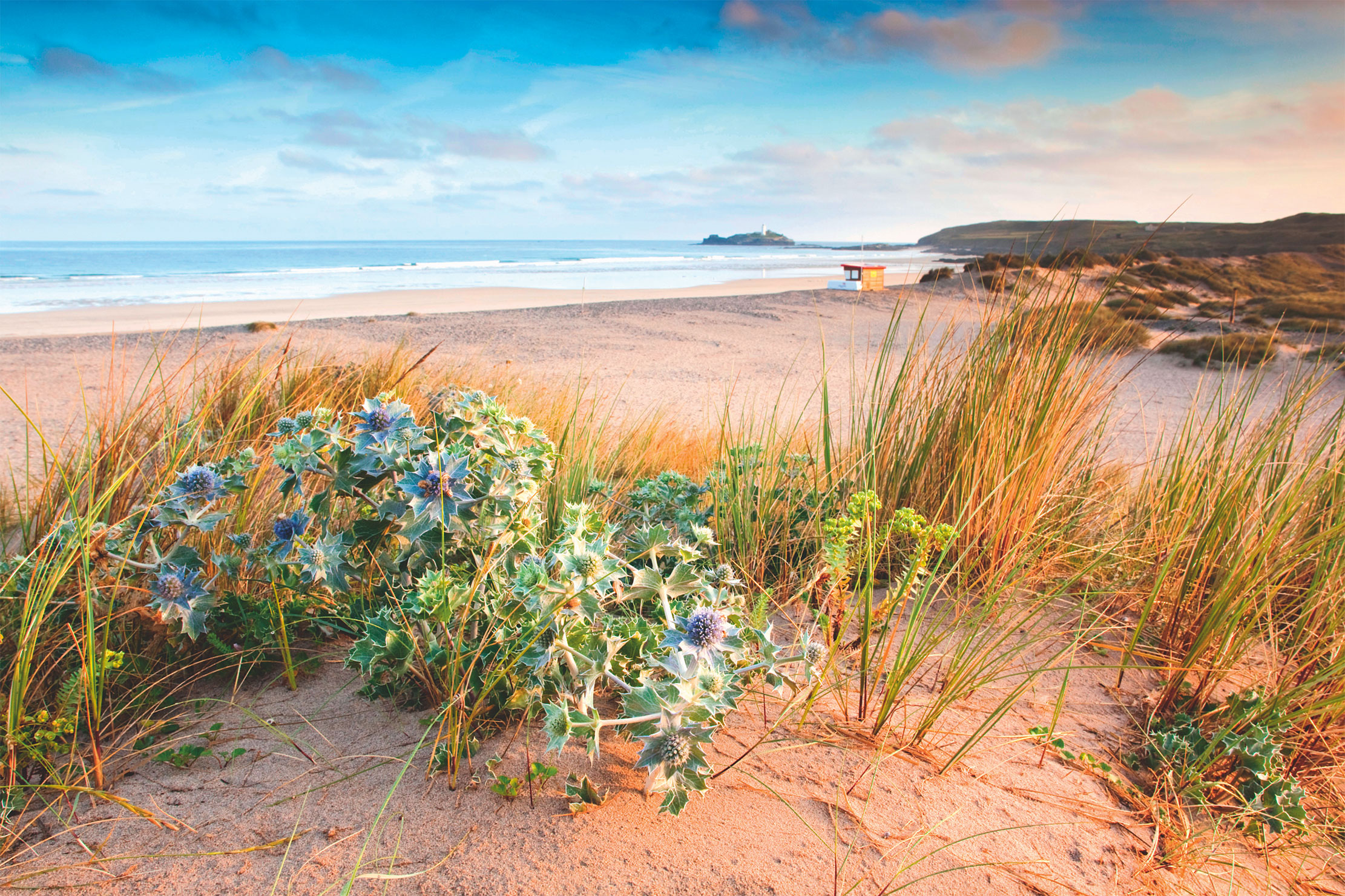
On its slopes, the marram is joined by other beach-dwellers, such as sea holly, sea spurge, sea bindweed, lyme grass and horned poppy. Fixed and fertilised by these species, the dune changes, gradually becoming short grassland. This supports a far wider range of plants, some of which are sand specialists, such as the dune gentian; others, including the pyramidal orchid, are holiday-makers that have decided to stay and prosper.
Thanks in large part to seashell fragments, the nearer the grassland is to the shore, the more calcareous it is. Further inland, in older areas, its pH drops, especially in slacks, the slope-sided hollows that are to dunes what valleys are to mountains. Humusy and season-ally sodden, these arenas are host to rare wetland denizens, among them the natterjack toad.
Here, flourishing only a few yards apart, are celebrated representatives of two of our most dissimilar ecosystems, chalk down and acid bog. Such is the magic of dunes. With time, two further stages may develop: dune heath and grey dune, the one characterised by a predominance of heathers, the other by lichens. Eventually, some of the oldest and most inland dune expanses evolve into distinctive hinterlands that range from reed marsh in the south of England and Wales to machair in Northern Ireland and Western Scotland.
In our greatest dune systems, habitats flourish in tandem. Over years of visiting the one I love best, at Oxwich in the Gower Peninsula, I’ve watched emerald lizards chase across yellow dunes, found fen orchids in the cradling slacks and almost overlooked a bittern that stood, silent, amid the winter-bleached reeds.
There, ideally, things ought to rest, with these habitats co-existing and replenishing themselves. If left to Nature alone, however, the psammosere (‘sand sequence’, as a dune’s ecological succession is termed) usually has two more developmental stages to undergo. First, shrubs arrive, starting with maritime adepts, such as sea buckthorn and burnet rose, and progressively including species more characteristic of inland areas. These colonise dune and slack, ousting their special communities and supplanting them with boring and barbarous scrub. Next, trees begin an invasion that usually ends in their conquering all.
Such is the natural climax of the psammosere, with dunes occluded by woods marching down to the shore. Mercifully, it is by no means inevitable, and notably so in Britain where, for centuries, many sites have arrived instead at a plagioclimax, the end-state of an ecosystem in which human activities have altered the course of natural succession.
Our duneside-dwelling forebears harvested any shrubs and trees large enough to use for fuel and timber. Still more crucially, they allowed livestock to roam and graze. These beasts devoured young or regenerating woody invaders in preference to the tough, low-borne, lean pickings that were the dune’s earlier and more estimable plant introductions, but none did so more efficiently than feral rabbits.
Such was their settlement of the sands that, by the 16th century, ‘burrows’, that ancient term for heaps, could be taken to refer to their homes. Whether it was one of the things the Romans did for us or is rightly credited to the Normans, the coney’s introduction was the making and maintaining of our dunes.
Imagine, then, the impact of myxomatosis. It was not the only well-intentioned disaster to befall dunes in the past century. Early conservation activists banished cattle, sheep and horses, fearing they would eat rare plants. Misunderstanding dunes’ essential dynamism, they also attempted to halt their shifting by fencing them and planting shrubs and trees. All this before one even considers the misdeeds of those who actually intended no good.
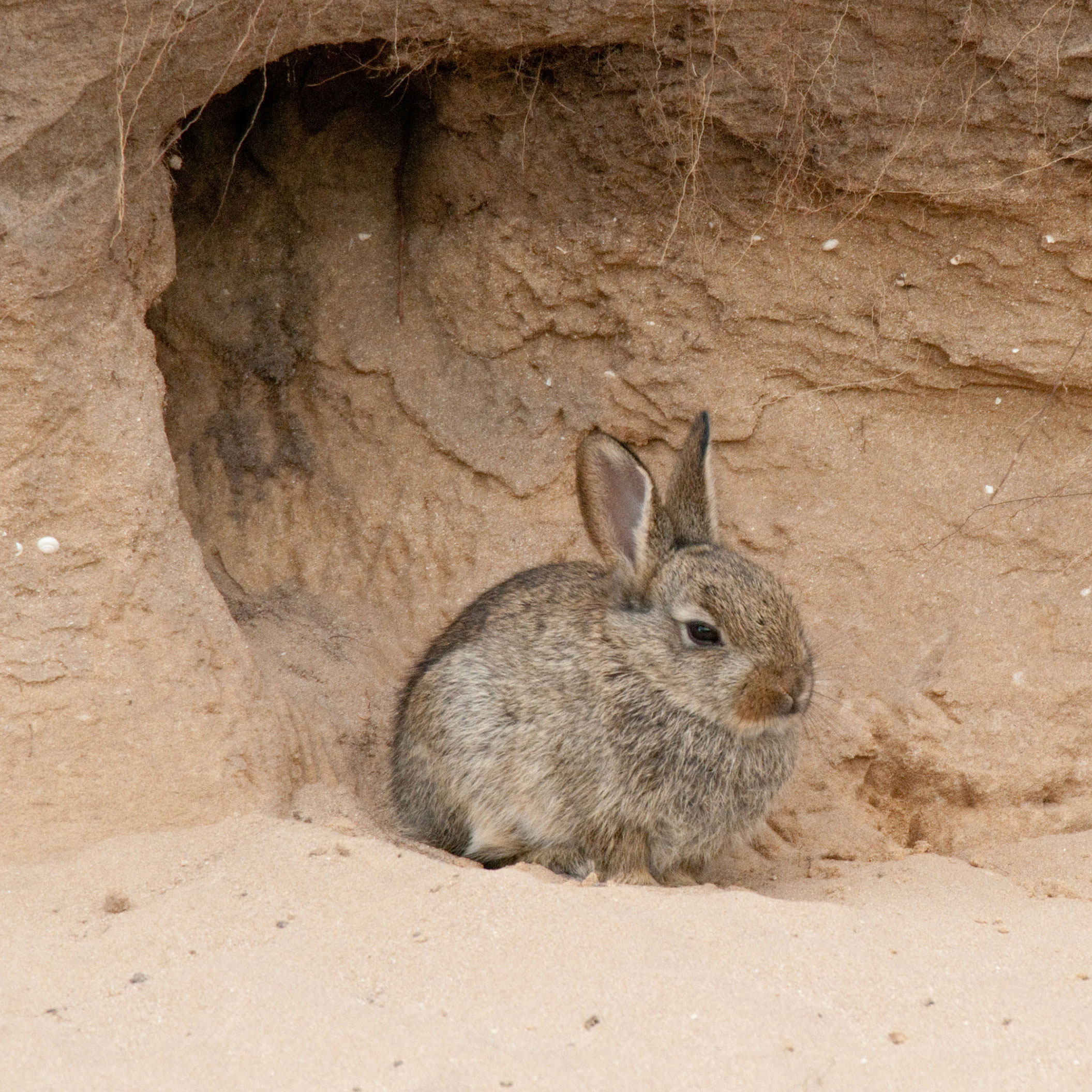
Of all our habitats, dunes are now at greatest risk. Since 1900, the UK has lost more than one-third of its sites, often as result of mismanagement. Help, however, is at hand. We have world experts, such as Dr J. Patrick Doody, who know what must be done.
Last year, a project was launched by Natural England, the National Trust, The Wildlife Trusts, Natural Resources Wales and Plantlife to defend the UK’s dunes by eradicating scrub and trees and reintroducing grazing animals. Our Government needs to support it lavishly, but, to start, £4 million has been kindly endowed by the National Lottery Heritage Fund. That should run to a rabbit or two.
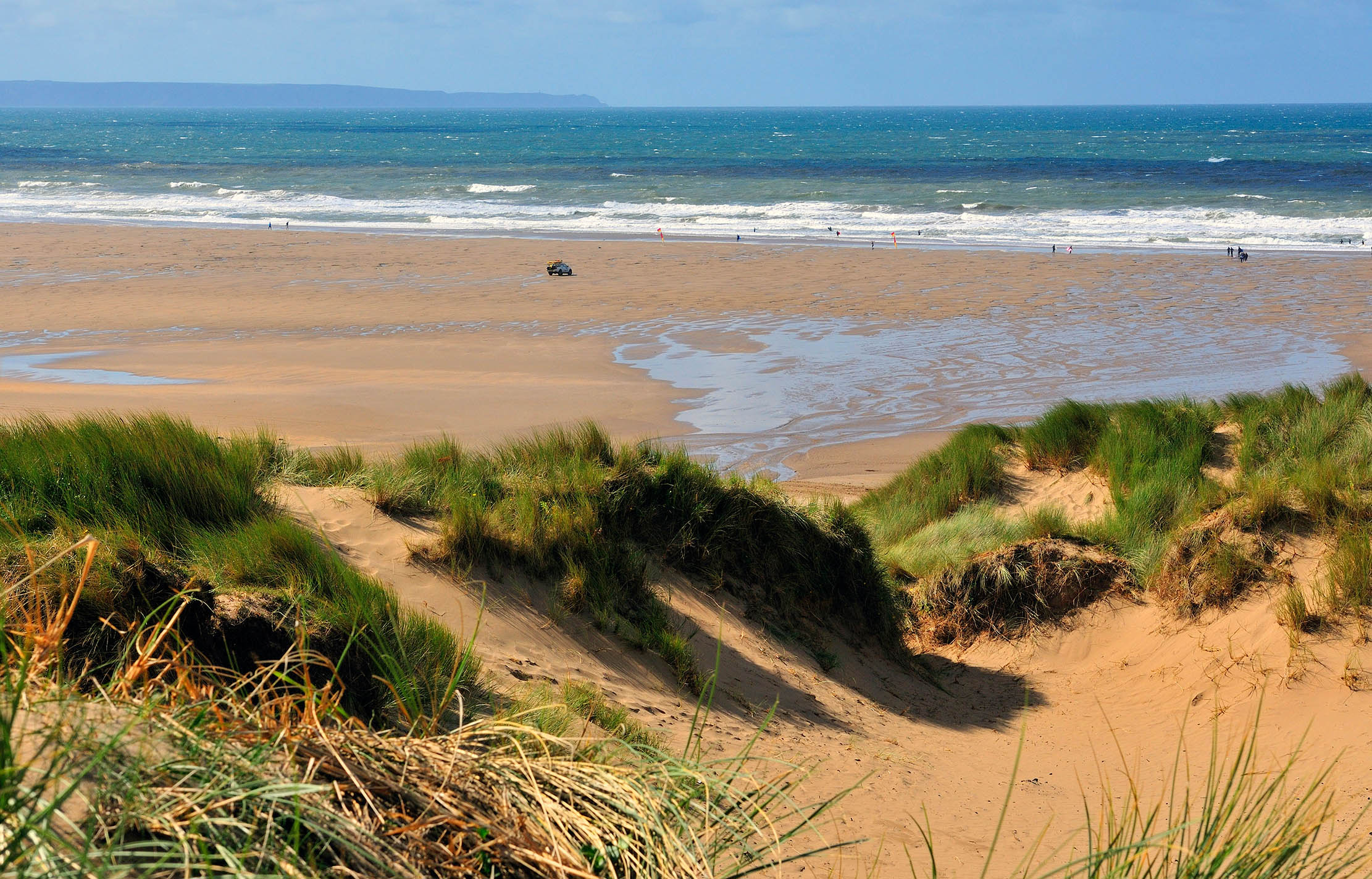
Credit: Alamy Stock Photo
Our sand dunes are under threat, but new funding could restore them to health
Sand dunes are an much-loved part of our coastline, but they have been in decline for decades. Now a new

How to buy a house where you can be your own beekeeper
Beekeeping is on the rise and you needn’t own lots of land. Eleanor Doughty explores the property possibilities.
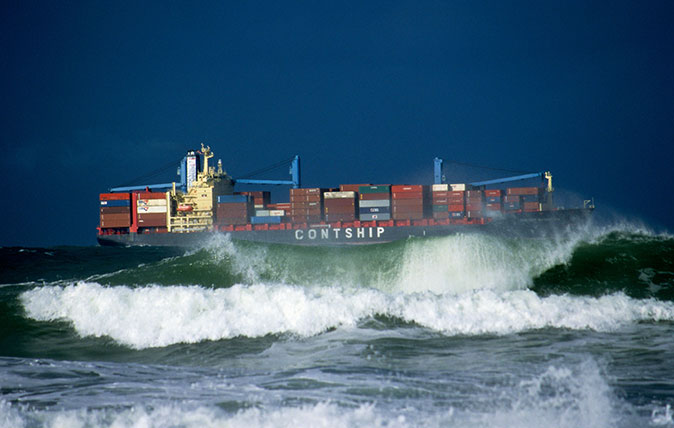
Credit: Alamy
10 fascinating things you should know about the Shipping Forecast
From the tragedy which sparked its inception to the modern tweaks which have had listeners up in arms.